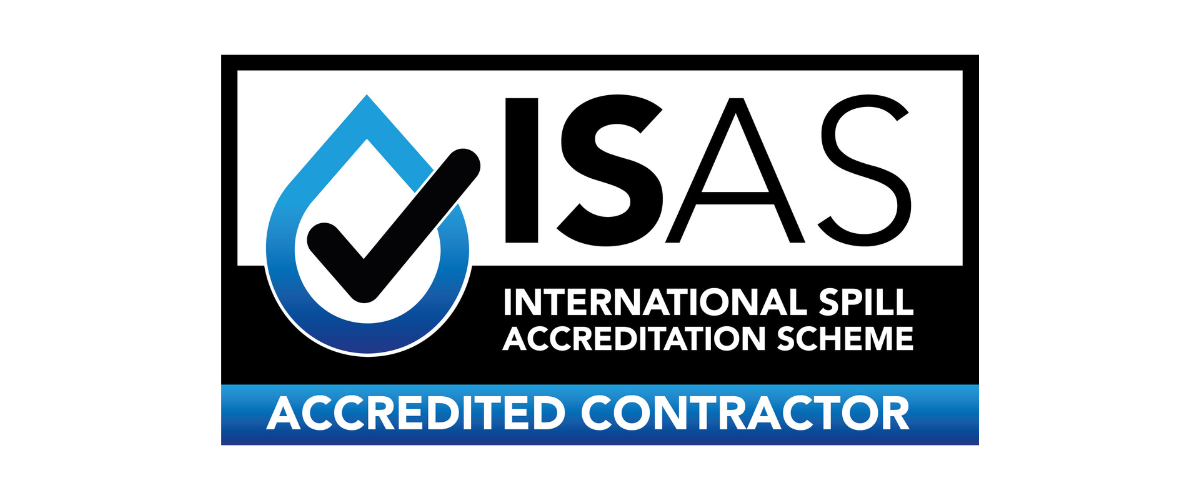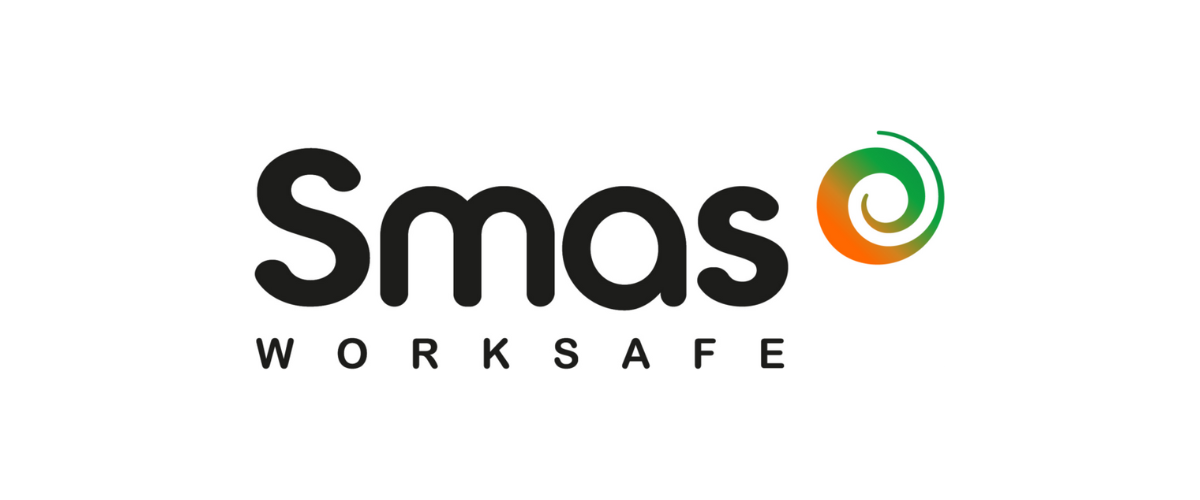Had A Spill?
If you have had a spill and are in need of our emergency spill response services call us now.
Emergency Spill Response
Spillages on-site can severely impact people, the environment, and property, while causing significant disruptions to operations. Prompt, professional action is critical to minimise risks, comply with regulations, and restore safe working conditions.
At Geo Pollution Technologies (GPT), we specialise in emergency spill response for oils, chemicals, hazardous materials, and foodstuffs. Our highly trained teams are equipped to manage incidents of all scales, from minor leaks to major industrial spills.
We operate a 24/7 emergency response service with no retainer charges, and will work to bespoke KPIs based on your requirements. Set us up today as your UK Spill Accredited emergency spill response contractor:
As an accredited member of the UK Spill Association, GPT provides comprehensive spill response services for surface water, groundwater, and soil contamination.
Spills pose a serious threat to the environment. If spilled material enters drainage systems, it may lead to pollution of rivers or streams, breaching the Water Resources Act 1991. Similarly, contamination of unmade ground may breach the Groundwater Regulations 2009.
Such incidents can result in:
At GPT, we are UK Spill Association accredited and qualified to respond to contamination affecting:
Such incidents can result in:
Our response process follows the Source - Pathway - Receptor model to ensure that we not only clean visible contamination but also investigate and address any potential migration of pollutants beyond the immediate spill area.
We also have extensive experience liaising with regulatory bodies such as:
Should you prefer, we can manage all regulatory communications on your behalf throughout the spill response process.
Spill incidents can cause major operational disruption, including evacuation and production halts. GPT’s emergency spill response teams are committed to working swiftly and effectively to minimise downtime and restore site operations as quickly as possible.
Where deadlines are critical, we can:
Our clients span the private and public sectors, including:
The safety of personnel and the wider public is always our top priority during any spill response. Spilled oils and chemicals can present serious risks, including:
Before mobilisation, we review the Safety Data Sheet (SDS) for the spilled substance to fully understand the hazards and ensure our team is equipped with the appropriate Personal Protective Equipment (PPE) and Respiratory Protective Equipment (RPE).
For high-risk materials, we are equipped with hazmat suits and self-contained breathing apparatus (SCBA), allowing us to safely decontaminate sites and remove any hazardous residues. Even for spills of less hazardous materials (such as petrol), thorough decontamination is essential to eliminate fire and slip hazards - simply putting granules/absorbents on the spill is not enough and the area will need to be thoroughly and safely decontaminated before it can be classed as a safe environment.

Oil Spill Response
GPT is a UK Spill-accredited contractor, certified for basic, freshwater, groundwater, and contaminated soil spills. We offer fully accredited oil spill response services across a broad range of environments.
Oil spills pose significant risks to personnel, the environment, and property. In accordance with the pollution control hierarchy, our response prioritises health and safety, followed by environmental protection, and finally, property remediation.
Health & Safety
Most oils present risks requiring standard Personal Protective Equipment (PPE), but some may demand specialist gear. Many oils are also highly flammable, posing significant fire hazards if handled incorrectly. GPT’s trained personnel employ safe working practices, including the use of non-sparking tools such as plastic shovels.
Environmental Protection
Property Protection
Oils can severely damage surfaces and structures, especially porous materials like tarmac. We undertake thorough decontamination to remove oil residues, mitigating long-term damage where possible.
Chemical Spill Response
Chemical spills can pose serious risks to health and safety, the environment, and property. Effective and timely response is essential to minimise harm. According to the pollution control hierarchy, spill management should prioritise:
Health & Safety
Chemical spills can present immediate and severe health hazards to personnel, clients, and the public. Rapid, safe, and thorough clean-up is critical to eliminate risks to human health.
Before beginning any response, we assess the spill to determine associated risks. All personnel are equipped with appropriate PPE and PRE, selected according to the Safety Data Sheet (SDS) for the substance involved.
We also ensure that all cleaning agents used are chemically compatible with the spilled substance, allowing for effective decontamination. For hazardous chemicals, we offer validation sampling post-cleanup to confirm all residues have been removed and the area is safe for re-entry.
Environmental Protection
Even in small quantities, many chemicals can cause severe environmental damage. For example, ammonia can be fatal to fish at concentrations as low as 2 parts per million.
In the event of a spill, immediate action is taken to prevent chemicals from entering controlled waters by blocking drains and deploying containment systems such as booms. Unlike oil, many chemicals mix with water, making containment more challenging.
If chemicals reach watercourses, the impact can be reduced through re-oxygenation, pH neutralisation, or other mitigation methods. Common environmental risks include:
Property Protection
Chemicals can cause extensive damage to surfaces and structures. If not cleaned up promptly and effectively, the damage can worsen over time.
We provide thorough decontamination to remove all chemical residues, limiting exposure and minimising long-term damage. Though some materials, such as tarmac, may be more susceptible to staining or degradation, even after cleanup.
Food & Drink Spill Response
Spills involving food and beverage products may not immediately appear hazardous, but they can present serious environmental risks, health and safety concerns, and operational disruption.
For instance, milk is reported to be up to 400 times more polluting than untreated domestic sewage. When released into watercourses, it promotes rapid bacterial growth that depletes oxygen levels, leading to the suffocation of aquatic life.
We provide specialist response services to manage incidents efficiently and responsibly, including spills of:
In the event of a spill, our teams act swiftly to prevent contamination of controlled waters. Where required, we employ mitigation measures such as mechanical aeration or the addition of hydrogen peroxide to restore oxygen levels in affected watercourses.
Many products - particularly oils, syrups, and concentrates - can cause skin and eye irritation or create hazardous surfaces. Prior to commencing any response, we conduct a thorough risk assessment and ensure that responders are equipped with appropriate Personal Protective Equipment (PPE) and Respiratory Protective Equipment (RPE), in accordance with the product’s Safety Data Sheet (SDS).














